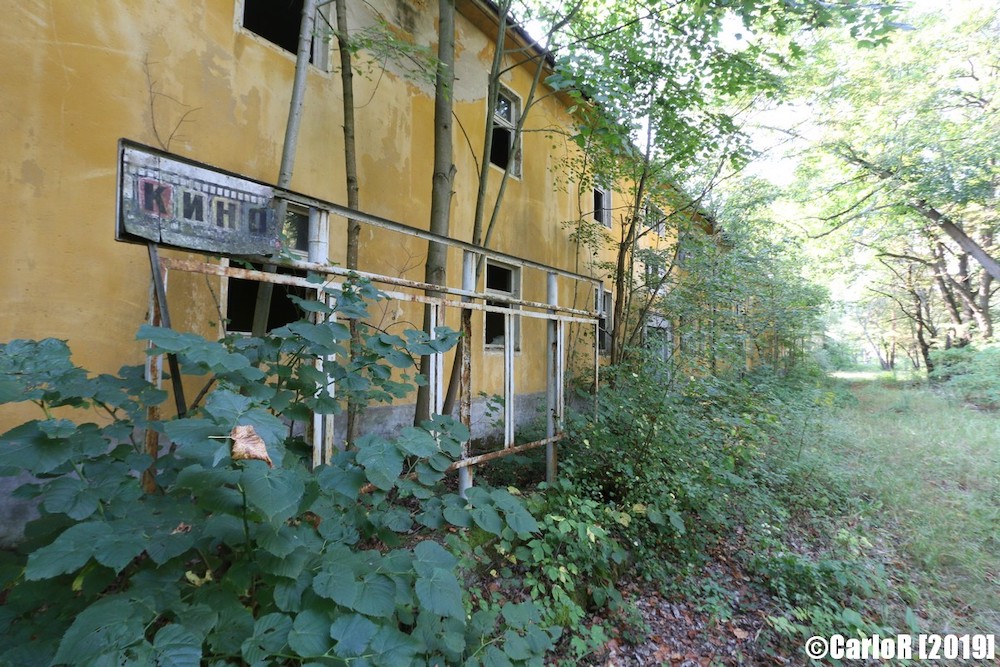Within the forests of Germany, the Wehrmacht constructed numerous training spaces and temporary living quarters for its soldiers. The majority have been demolished by the government as they no longer have any use for them. Forst Zinna is currently slated for demolition, but the process has been relatively slow.
Lager III
Forst Zinna, as Carlo R. explains in his book, Soviet Ghosts in Germany, was built in 1934 during the early days of the Third Reich. It served as part of the country’s rearmament program and was located an hour south of Berlin.
During World War II, it operated as a Nazi military base and consisted of numerous multi-story buildings. These include soldiers’ barracks, training rooms, administration facilities, and a prison, among others.
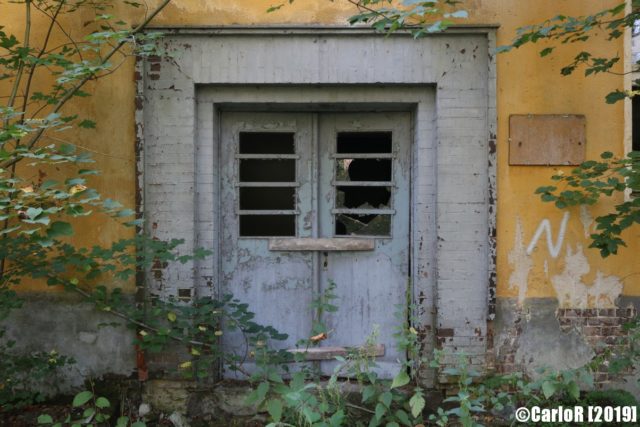
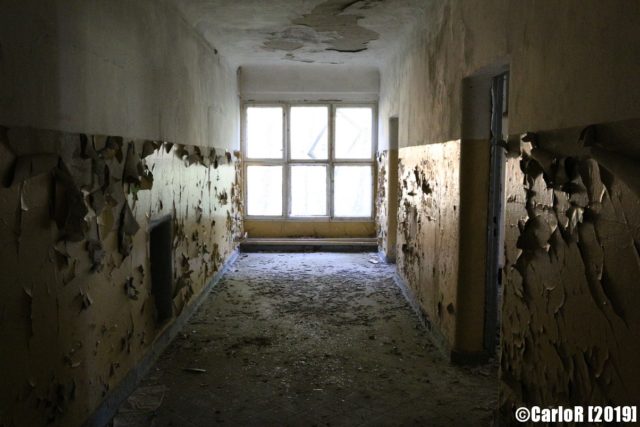
The base, known as Lager III and the Adolf Hitler Lager to those within the Nazi Party, first housed members of the SS. In 1935, it became a training camp for the Artillerieschule Jüterbog. The school was founded in 1867 and was tasked with training artillery officers.
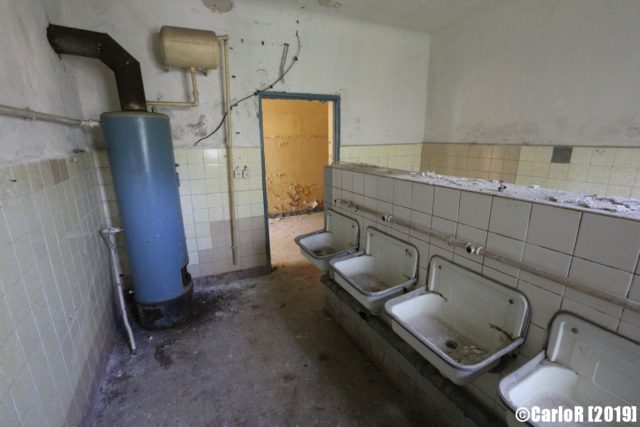
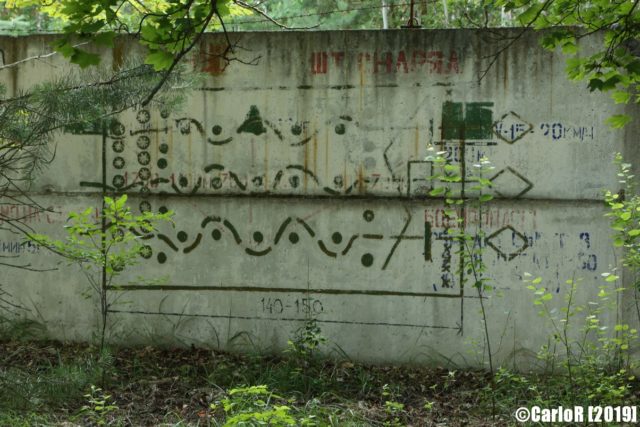
The artillery officers remained for four years, during which time a train station was built. When the 1940s rolled around, they were swapped out for staff tasked with training tracked vehicle drivers. A department for the Sturmgeschütz was also set up during this time.
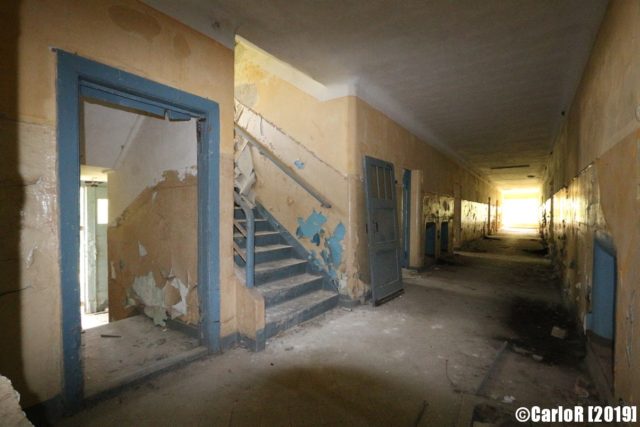
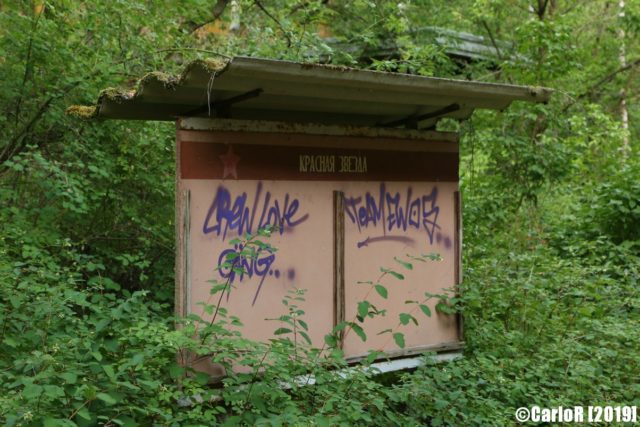
As the war began to draw to a close, Forst Zinna housed the RAD Division No. 2 Friedrich Ludwig Jahn. Consisting of 7,500 RAD members and the remnants of the 251st Infantry Division, it became involved in combat with the Red Army in April 1945.
The division managed to defeat the Soviets and continued westward. However, they surrendered to the Americans in May 1945, after which they were handed to the Soviets as prisoners of war.
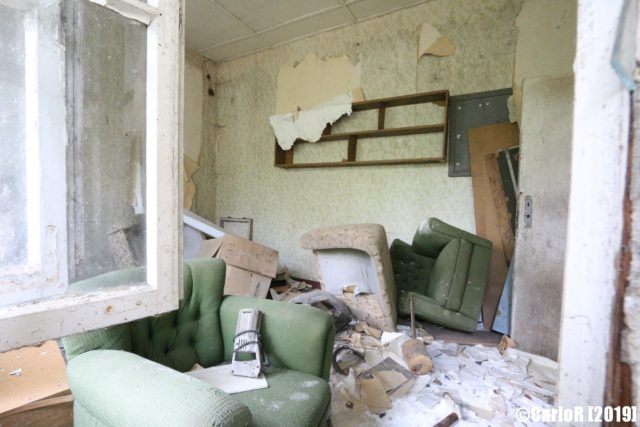
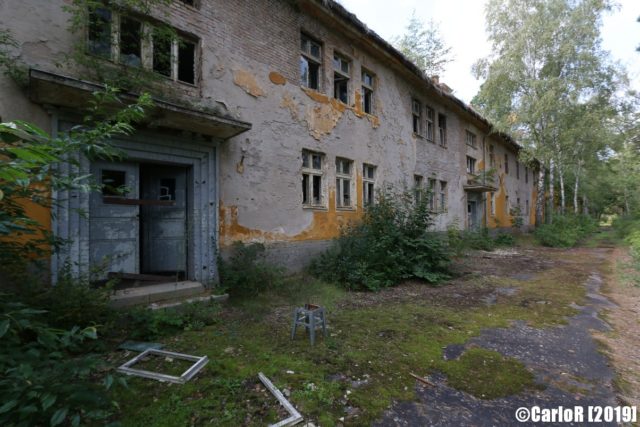
Immediately after the war, Forst Zinna was used by the Soviet Army as a displaced persons camp. It housed refugees from Eastern Europe and former inmates from Nazi concentration camps. Most were there against their will and only allowed to leave in collective transports tasked with deporting them to their home countries.
German Administrative Academy
Due to its design, Forst Zinna was converted into the Deutsche Verwaltungsakademie (DVA) “Walter Ulbricht” (German Administrative Academy) in 1947. Using the pre-existing buildings, the Socialist Unity Party of Germany (SED) aimed to train political elites for self-government of the Soviet occupation zone and the German Democratic Republic, which was founded in 1949.
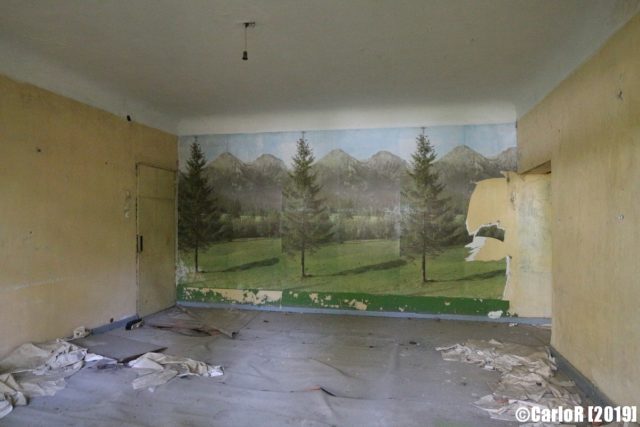
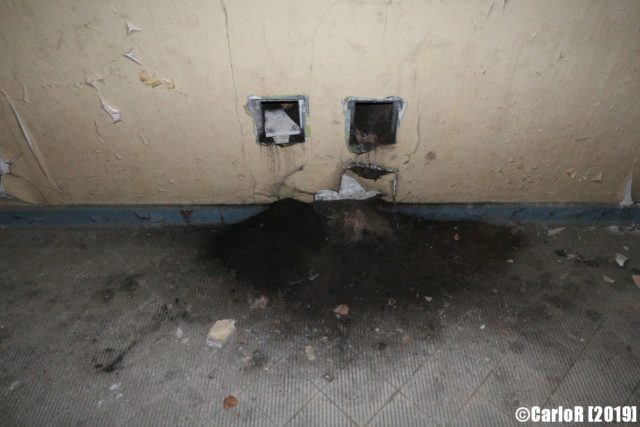
Numerous well-known artists were hired to redesign and expand the base. Yugoslavian architect Selman Selmagagić designed the furniture, while painter Lothar Zitzmann was commissioned to paint a mural. They built upon the existing structures, which the SED felt offered perfect conditions for the academy.
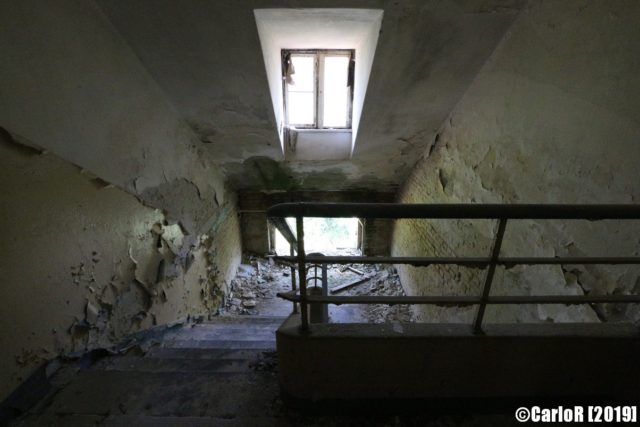
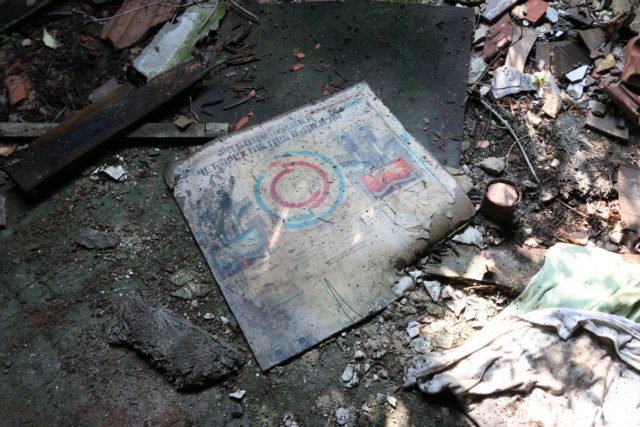
The German Administrative Academy was transferred to Potsdam-Babelsberg in February 1953. There, it was merged with the Deutschen Hochschule für Justiz (German University for Justice), creating the Akademie für Staats- und Rechtswissenschaft “Walter Ulbricht” (German Academy for Political Science and Law).
Soviet occupation
The Soviet Army soon moved into Forst Zinna. The first batch of troops to reside there were of the 18th Guards Tank Army and the 118th Tank Training Regiment.
In the 1970s, the base was once again expanded, this time to include a new facility for a construction battalion. The military area also saw work done to build new administration buildings, farming facilities, a zoo, and a cinema.
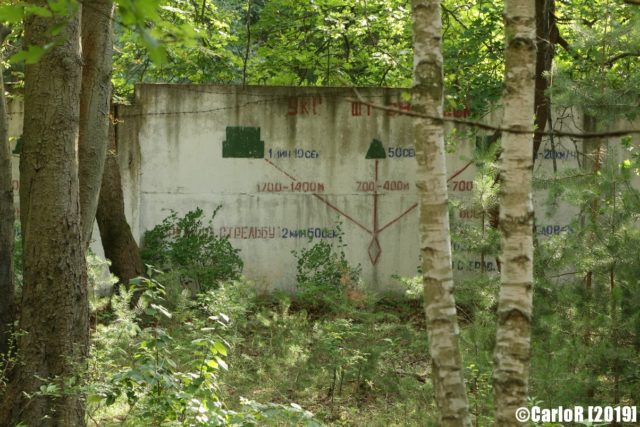
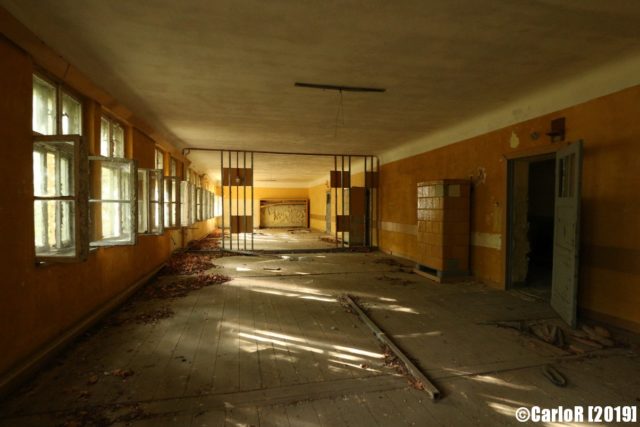
In January 1988, Forst Zinna experienced one of the worst railway incidents to occur in the GDR when an express train crashed into a Soviet tank on the tracks. Six people lost their lives and another 33 were injured. The Soviet Army normally used the area for tank training and was later deemed responsible for the incident.
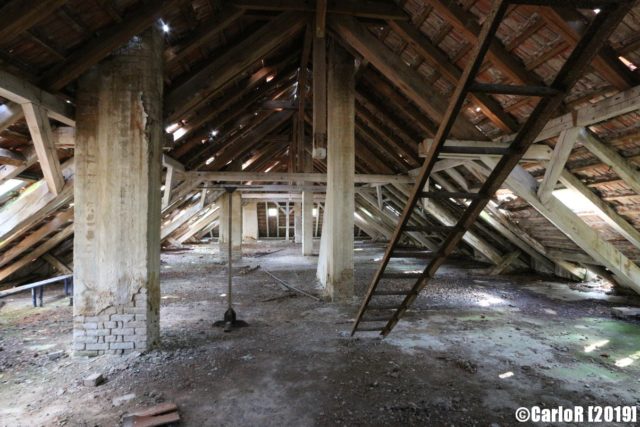
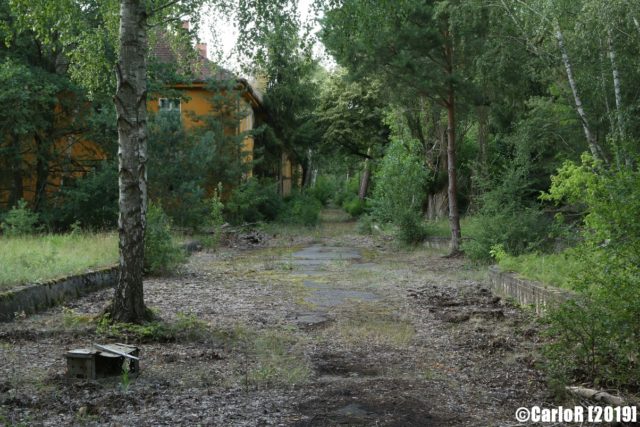
Soviet troops lived in the area en mass until the late 1980s, when the Perestroika policy began to gain steam. They steadily began to return to the Soviet Union, and the keys were given to the newly unified Germany after the fall of the Berlin Wall.
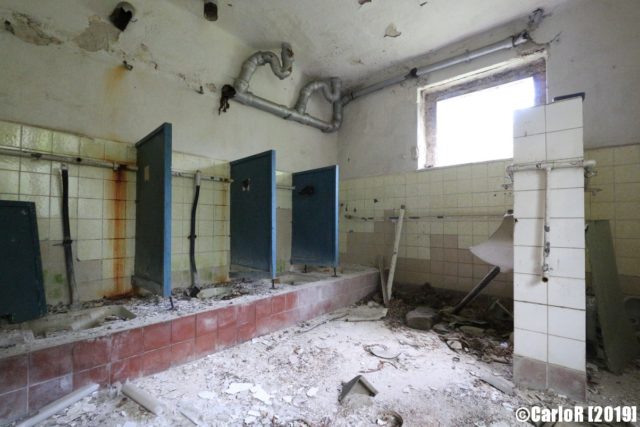
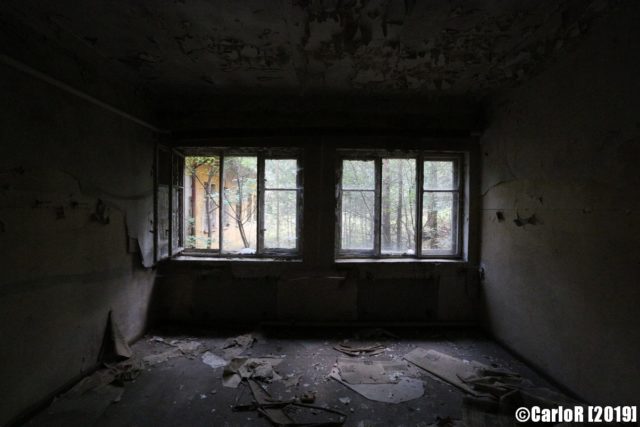
As many other military bases began to return to German hands, the country found itself in control of facilities it no longer had any use for. It was therefore decided the majority would be demolished, including Forst Zinna.
Demolition and current state
Demolition on Forst Zinna began in 2007, with plans to renature the area. It has since been slow to occur. While some of its buildings have been knocked down, others have been left to be taken over by forest vegetation.
The provisions store built by the Wehrmacht has since been listed, meaning it cannot be demolished. It contains two storage buildings, residences, a gatehouse, and a warehouse.
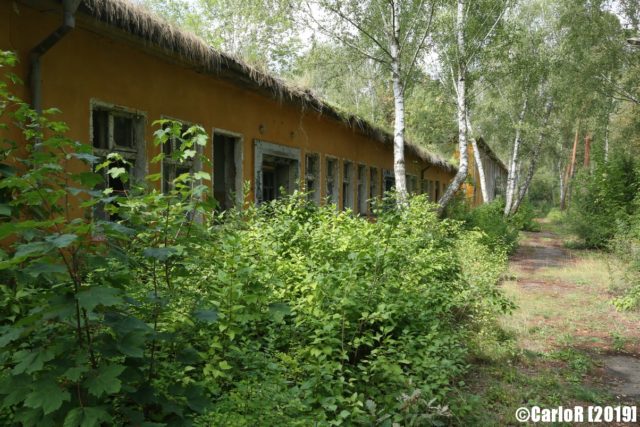
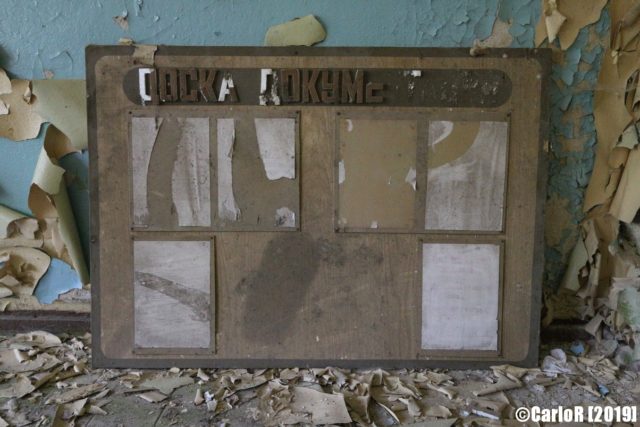
The barracks, populated by the oldest buildings, are still standing and allow access to the base. They feature newer Soviet-built apartment buildings used by those troops who resided there, which stand out against their older, smaller, German counterparts.
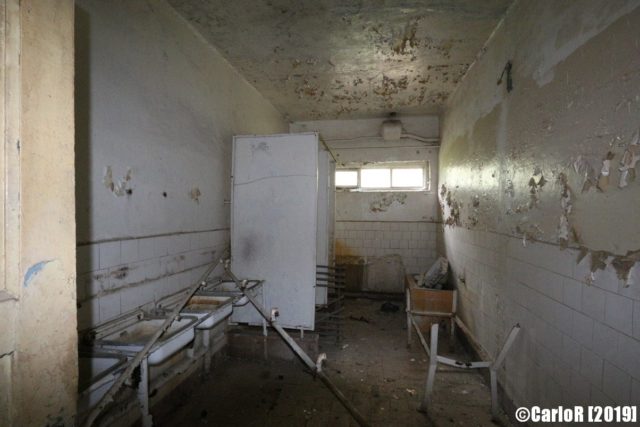
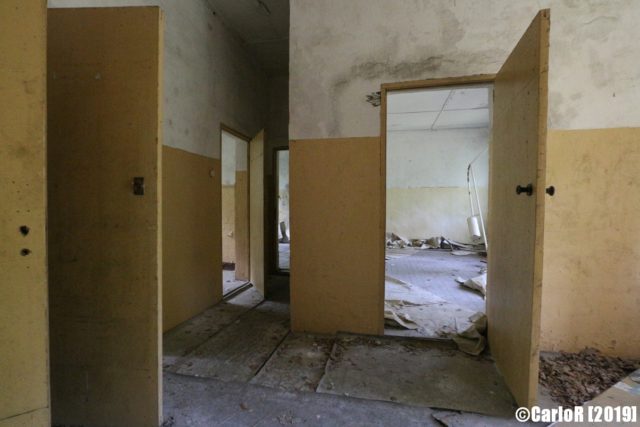
The northern section, which housed military vehicles and technical facilities, has been largely demolished. Only a few buildings remain standing, including the centralized power and hot water supply plant.
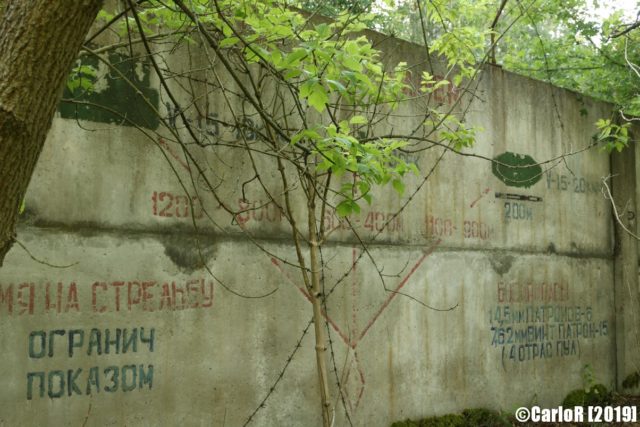
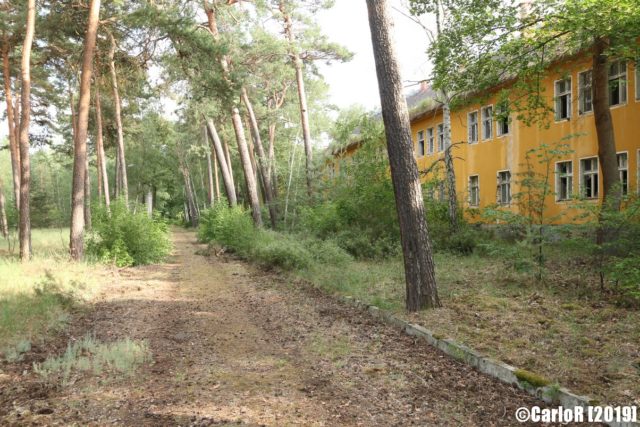
More from us: Hajmáskér Castle, Military Barracks in Hungary
The northeast area of Forst Zinna featured the best representation of its former Soviet residents, with a large U-shaped technical building housing various bits of Soviet memorabilia. There’s also a swimming pool and a football field with military material and Soviet murals.
